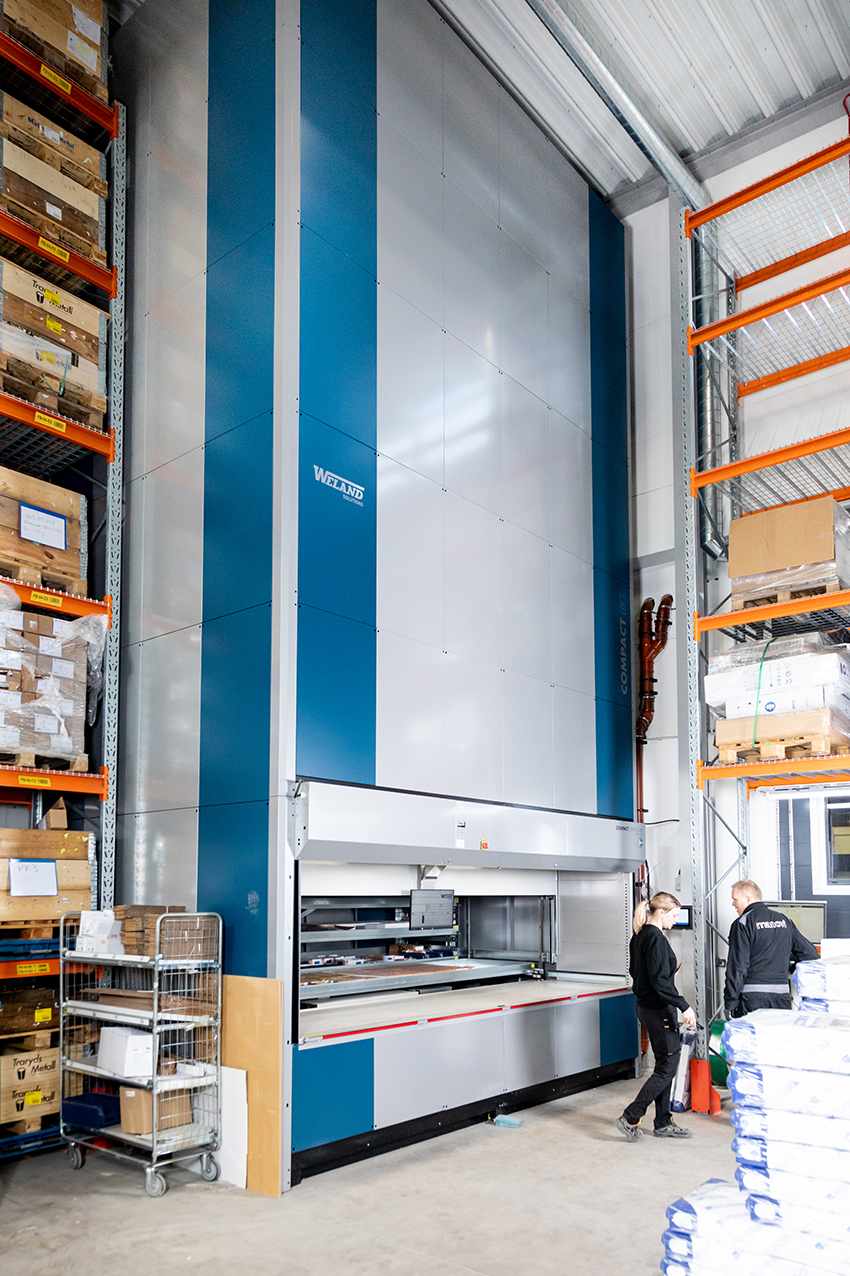
Introduction
The global Vertical Lift Module (VLM) Market size is predicted to reach USD 2.93 billion by 2030 with a CAGR of 8.9% from 2025 to 2030. The Vertical Lift Module (VLM) market is experiencing significant growth in 2025, driven by the global surge in automation, e-commerce expansion, and the need for efficient warehouse management. VLMs, automated storage and retrieval systems with vertically arranged trays, are revolutionizing industries by optimizing space, enhancing inventory control, and reducing labor costs. Recent advancements, including AI integration and modular designs, are shaping the market’s trajectory. This article explores the key drivers, emerging trends, challenges, and opportunities in the VLM market, drawing on the latest industry developments.
Surge in E-Commerce and Omnichannel Retail
The rise of e-commerce and omnichannel retail is a primary driver of the VLM market in 2025. As retailers strive to meet consumer demand for faster delivery and seamless shopping experiences across digital and physical platforms, VLMs are becoming essential for efficient inventory management. These systems maximize vertical space, allowing warehouses to store more products in compact areas, which is critical in urban centers where space is limited. The ability to quickly retrieve items using automated inserter/extractor mechanisms reduces order fulfillment times, meeting the expectations of modern consumers.
In 2025, companies like Farmaenlace, a pharmaceutical distributor, have adopted VLMs to address space constraints and improve order accuracy, as highlighted in recent industry case studies. This trend is particularly pronounced in Europe and North America, where e-commerce giants are investing heavily in automated storage solutions to support rapid delivery models like same-day shipping.
Automation and Industry 4.0 Integration
The global push for Industry 4.0 is transforming the VLM market by integrating advanced technologies like AI, IoT, and robotics. In 2025, VLMs are being equipped with AI-driven diagnostics and predictive maintenance capabilities, reducing downtime and improving operational efficiency. These smart systems can analyze inventory patterns, optimize tray placement, and predict maintenance needs, making them ideal for industries like automotive, aerospace, and electronics.
The modular design of modern VLMs, as noted in recent industry analyses, allows for scalability without altering warehouse footprints. This flexibility is appealing to businesses expanding incrementally, particularly in logistics and manufacturing. Companies like Kardex and Modula are leading the charge, offering VLMs with dual-level delivery systems that enhance accessibility and storage capacity, catering to diverse industry needs.
Key Industry Applications
VLMs are finding applications across a wide range of industries. In the automotive sector, they are used to store spare parts, streamlining assembly lines and reducing costs. The pharmaceutical industry relies on VLMs for precise inventory control, ensuring compliance with strict regulatory standards. In aerospace, VLMs support the storage of high-value components, while logistics and retail benefit from their ability to handle high SKU volumes efficiently.
Recent developments show that refrigerated VLMs are gaining traction in the food and beverage sector, addressing the need for temperature-controlled storage. This versatility is driving adoption in both developed markets like Germany and Sweden, where industrial automation is advanced, and emerging markets facing space constraints and labor shortages.
Regional Dynamics and Market Expansion
Europe, particularly countries like Germany, Sweden, and the UK, is a significant hub for the VLM market due to its established automotive and manufacturing industries. High labor costs and limited warehousing space in these regions are driving demand for automated solutions like VLMs. In North America, the market is fueled by technological innovation and the growth of e-commerce, with the U.S. leading in adoption due to its robust logistics infrastructure.
Asia-Pacific is emerging as a fast-growing region, with countries like China and India investing in smart warehousing to support their expanding e-commerce and manufacturing sectors. The Middle East and Africa are also showing potential, as logistics hubs in cities like Dubai adopt VLMs to optimize operations. These regional trends highlight the global appeal of VLMs as a solution to modern warehousing challenges.
Challenges in the Market
Despite its growth, the VLM market faces several challenges. High initial installation costs can be a barrier for small and medium-sized enterprises (SMEs), particularly in emerging markets. The need for skilled technicians to maintain and operate advanced VLM systems is another hurdle, as training programs are not universally accessible. Supply chain disruptions, particularly for components like semiconductors, pose risks to production and delivery timelines. Additionally, regulatory compliance, such as adhering to safety and environmental standards, can complicate market entry for new players.
Opportunities for Growth
The VLM market is ripe with opportunities, particularly in the integration of sustainable technologies. The growing preference for electric-powered VLMs, driven by sustainability mandates, is creating new avenues for innovation. These systems are ideal for indoor environments, reducing emissions and energy consumption compared to traditional shelving systems. The rise of smart warehousing, supported by IoT and real-time data analytics, is also enhancing VLM capabilities, enabling predictive inventory management and seamless integration with warehouse management systems (WMS).
The increasing focus on worker safety and ergonomics presents another opportunity. VLMs reduce manual handling, minimizing workplace injuries and aligning with global safety regulations. As e-commerce continues to grow, the demand for VLMs in large distribution centers is expected to rise, particularly in regions with high warehouse rental costs.
Industry Leaders and Competitive Landscape
The VLM market is highly competitive, with key players like Kardex, Hänel Storage Systems, Modula Group, and Toyota Industries Corporation driving innovation. Kardex, for instance, is focusing on modular VLM designs that offer scalability and customization, while Modula’s recent implementations, such as those for Farmaenlace, demonstrate the practical benefits of VLMs in real-world settings. These companies are investing in R&D to integrate AI and IoT, ensuring their systems remain at the forefront of warehouse automation. Strategic partnerships and acquisitions are also helping these players expand into emerging markets.
Conclusion
In 2025, the Vertical Lift Module market is thriving, propelled by the global surge in e-commerce, Industry 4.0 integration, and the need for efficient storage solutions. Innovations in AI, IoT, and modular designs are transforming warehousing, while applications across automotive, pharmaceuticals, and logistics drive demand. Despite challenges like high costs and supply chain constraints, opportunities in sustainable technologies and smart warehousing signal a bright future. As industries worldwide prioritize automation and space optimization, VLMs are poised to play a critical role in shaping the future of warehouse management.


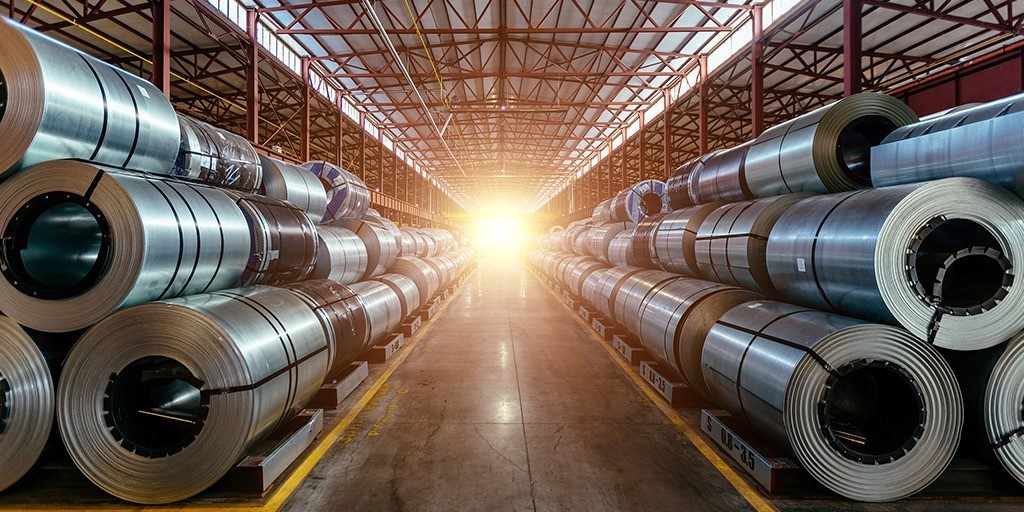



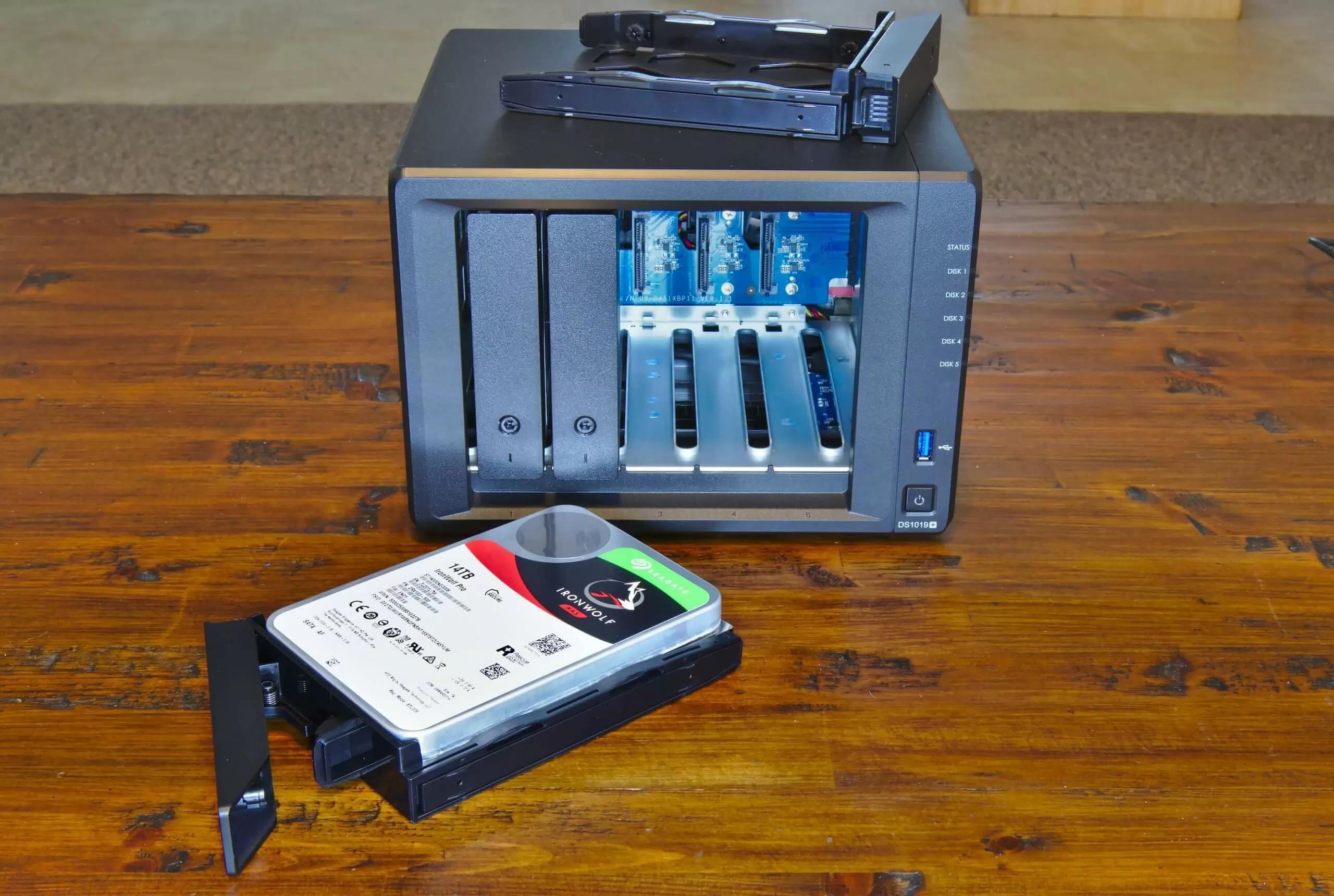




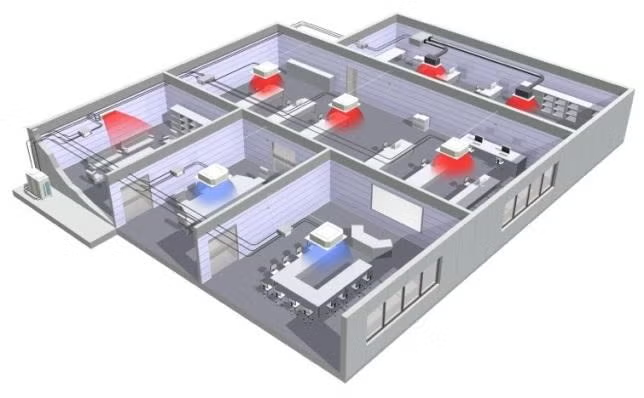





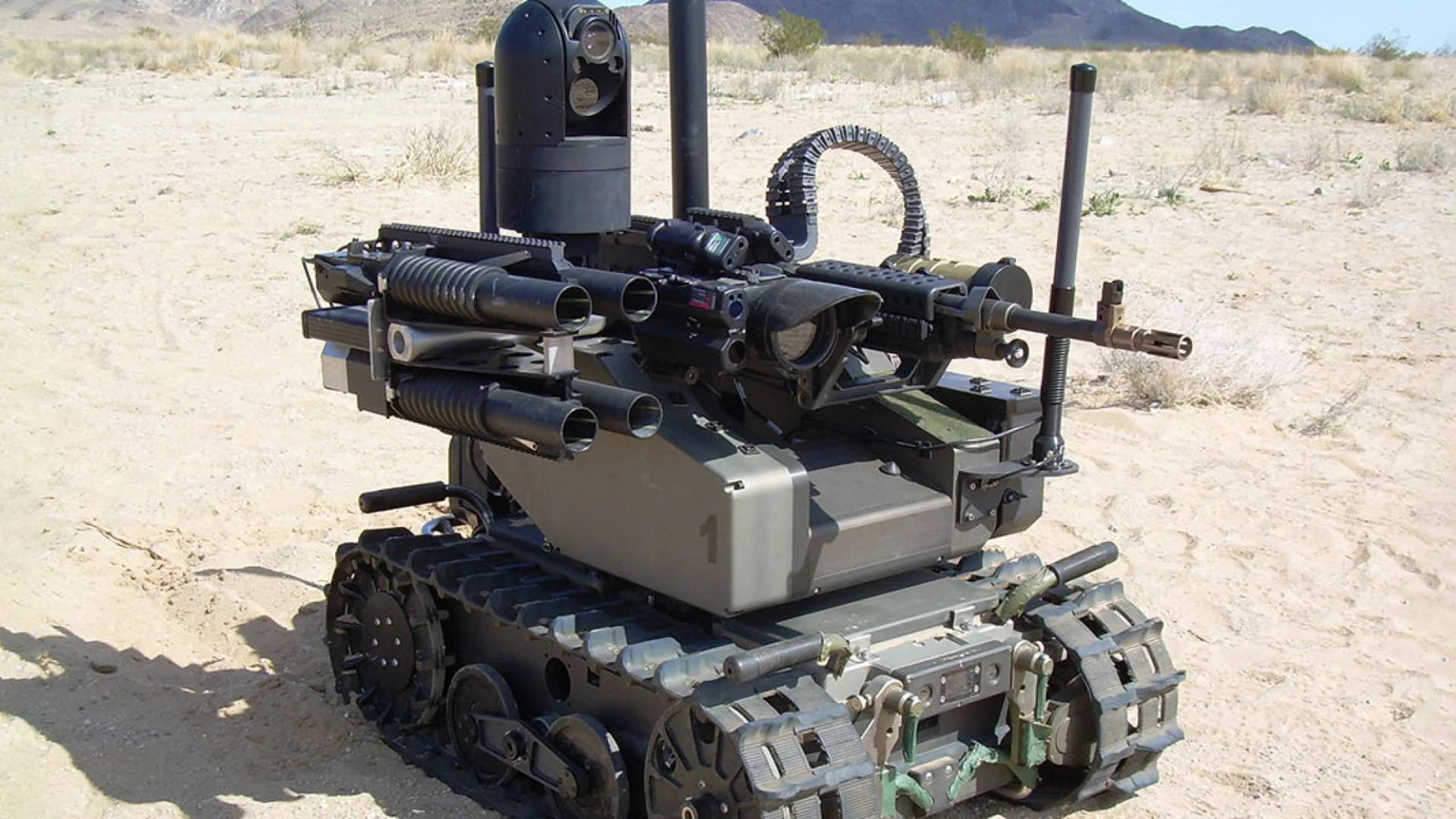

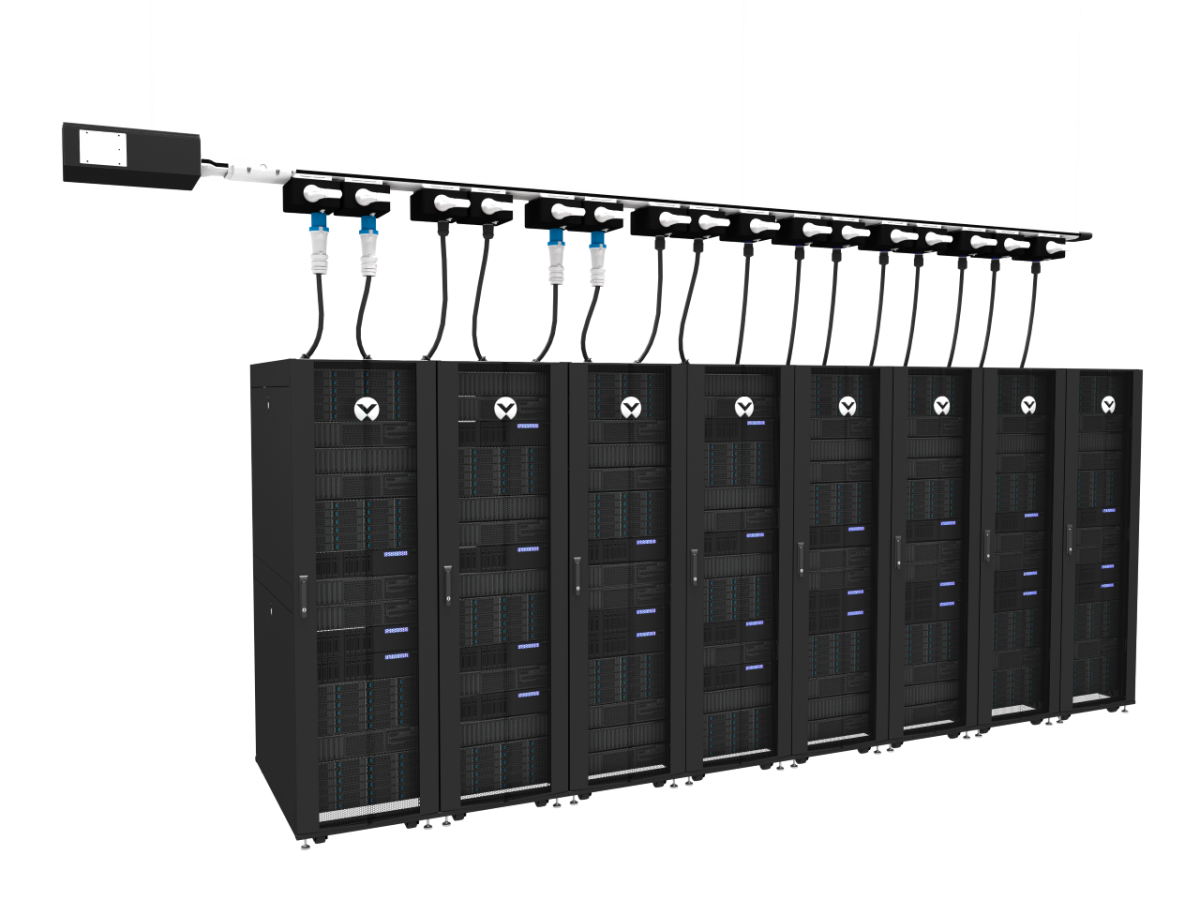

Write a comment ...